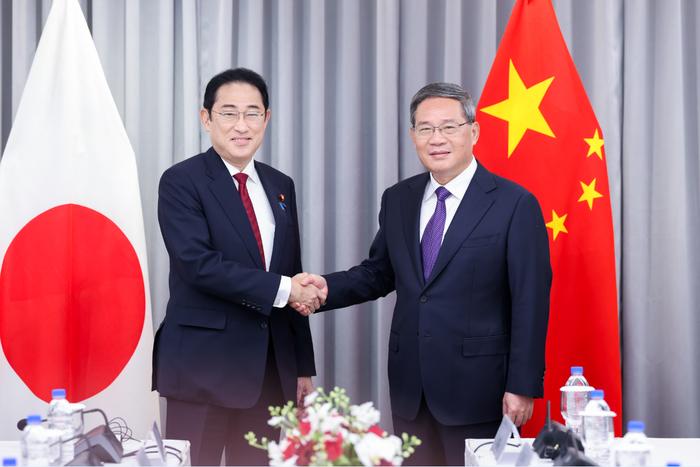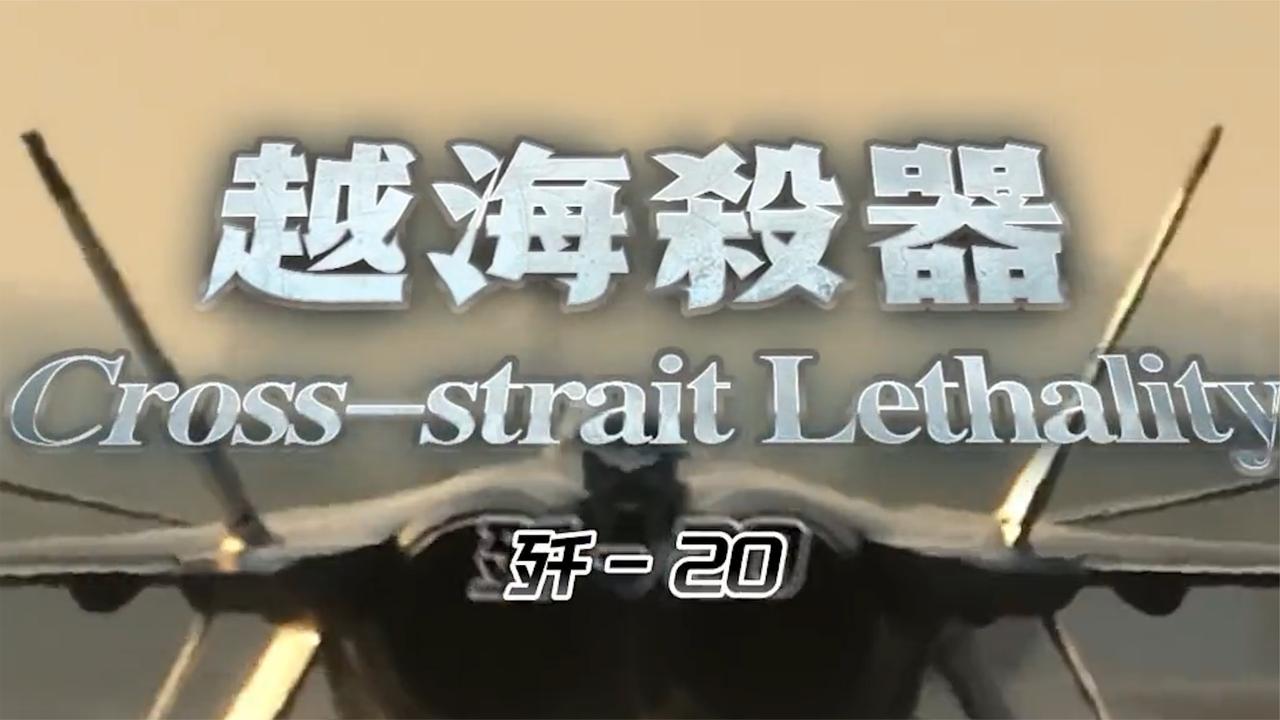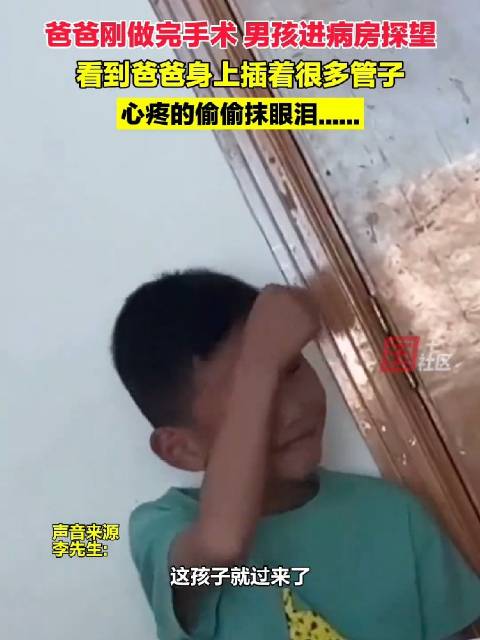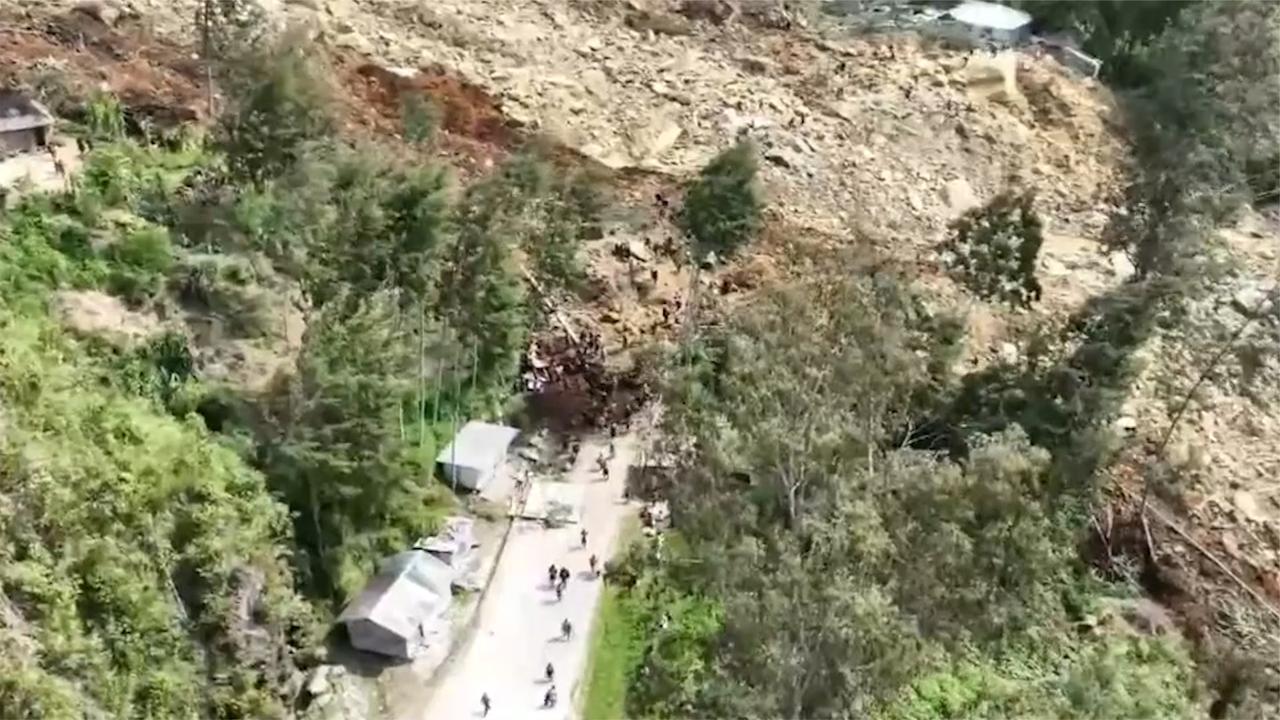 ▲ On the afternoon of May 26 local time, Premier Li Qiang of the State Council met with President Yin Xiyue of the Republic of Korea while attending the 9th China Japan ROK Leaders' Meeting in Seoul. Picture/Xinhua News Agency
▲ On the afternoon of May 26 local time, Premier Li Qiang of the State Council met with President Yin Xiyue of the Republic of Korea while attending the 9th China Japan ROK Leaders' Meeting in Seoul. Picture/Xinhua News Agency According to Xinhua News Agency, on May 26, Premier Li Qiang of the State Council went to Seoul, South Korea, to attend the 9th China Japan ROK Leaders' Meeting. In the afternoon of the same day, Li Qiang held talks with South Korean President Yin Xiyue. The two sides agreed to hold the high-level strategic dialogue of the foreign ministry and the diplomatic security 2+2 dialogue at the vice ministerial level in due course, launch the China ROK track 1.5 dialogue and exchange mechanism in due course, and accelerate the second phase of negotiations on the China ROK FTA. In the evening of the same day, Li Qiang met with Japanese Prime Minister Takeo Kishida. During the meeting, Li Qiang will also attend the leaders' meeting of the three countries and attend the China Japan South Korea Business Summit and other activities.
This is the restart of the mechanism after four years and five months. The last China Japan ROK Leaders' Meeting was held in Chengdu, China, in December 2019. Why the mechanism is restarted, what is the significance of the trilateral cooperation between China, Japan and the ROK, and what impact it will have on the regional situation are all issues of concern.
Chengdu consensus creates conditions for the restart of the conference
The China Japan ROK Leaders' Meeting was born in the ASEAN 10+3 Conference. In 1999, the leaders of China, Japan and the ROK held a breakfast meeting in the Philippines during the ASEAN and China, Japan and the ROK (10+3) Leaders' Meeting, which launched the cooperation among the three countries within the 10+3 framework. From 2000 to 2007, the leaders of China, Japan and the ROK held meetings every year during the 10+3 leaders' meetings.
In December 2008, China, Japan and the ROK held their first leaders' meeting outside the "10+3" framework. In 2011, the China Japan ROK Cooperation Secretariat was established, marking the institutionalization of the trilateral leaders' meeting. By December 2019, eight China Japan ROK leaders' meetings had been held.
The 8th China Japan ROK Leaders' Meeting held in Chengdu in 2019 is the highlight of the mechanism. Against the background of prevailing unilateralism and trade protectionism at that time, the three countries published the Ten Year Outlook for China Japan South Korea Cooperation, and adopted the list of early harvest projects of "China Japan South Korea+X" and other outcome documents.
The Outlook for the Next Decade is a strategic document, which emphasizes the upgrading of cooperation among the three countries and strengthening strategic communication and political mutual trust. It also pointed out that it is committed to maintaining free trade and multilateralism, strengthening existing international rules, ensuring fair competition and fostering a good business environment. This was invaluable at that time, and it is also of great significance today when the United States is building a "small courtyard and high wall".
During the epidemic, the leaders' meeting of the three countries and some early harvest cooperation projects planned to be implemented were forced to be suspended. After the epidemic, due to the increase of confrontational factors in the situation in Northeast Asia, the China Japan ROK Leaders' Meeting has not been restarted.
This situation changed at the 10th trilateral foreign ministers' meeting held in Busan, South Korea, last November. At the meeting, the three parties agreed that the leaders' consensus such as the Ten Year Outlook for China Japan ROK Cooperation should be implemented, and they agreed to create conditions for the China Japan ROK Leaders' Meeting and step up relevant preparations. Reaffirmed the Chengdu Consensus, creating conditions for the resumption of the China Japan ROK Leaders' Meeting.
By May of this year, the new South Korean Foreign Minister Zhao Jinlie had visited China, which was the first time that the South Korean Foreign Minister had visited China after more than six years. As a result, the resumption of the China Japan ROK Leaders' Meeting was finalized.
 ▲ On the evening of May 26 local time, Premier Li Qiang met with Japanese Prime Minister Takeo Kishida during his attendance at the 9th China Japan ROK Leaders' Meeting in Seoul. Picture/Xinhua News Agency
▲ On the evening of May 26 local time, Premier Li Qiang met with Japanese Prime Minister Takeo Kishida during his attendance at the 9th China Japan ROK Leaders' Meeting in Seoul. Picture/Xinhua News Agency Open space for stabilizing the supply chain of key industries
According to Kim Tae hsiao, the first head of the National Security Office of the Republic of Korea, for the China Japan South Korea Leaders' Meeting, the Republic of Korea, as the host, has set six cooperation topics, namely, promoting personnel exchanges, working together to tackle climate change and achieve sustainable development, promoting economic and trade cooperation, solving health and aging problems Promote digital transformation of science and technology and solve disaster and security problems.
These cooperation projects are conducive to stabilizing the economic and trade ties of the three countries, but what deserves more attention is the second phase negotiation of the China South Korea Free Trade Agreement. The China South Korea Free Trade Agreement has officially entered into force in December 2015. Since the implementation of the China South Korea Free Trade Agreement, the two sides have cut tariffs four times. At present, the trade volume of zero tariff products between the two sides has exceeded 50%.
The United States has been encouraging its allies to decouple from China in key industries such as semiconductors. Recently, the United States is pressuring South Korea to restrict the flow of equipment and technology used to manufacture high-end logic and memory chips to China.
However, South Korea is highly dependent on China in the export of semiconductor raw materials and finished products, and China's regional advantages cannot be replaced. If the second phase of negotiations on the China South Korea Free Trade Agreement achieves results, it will help to resolve the chain breaking actions of the United States.
In the longer term, the new progress of the China ROK FTA negotiation will also play a model role in the China Japan ROK FTA negotiation launched in 2012. Japan has always taken a conservative position on the negotiation of the China Japan South Korea Free Trade Agreement. On April 26, the Japanese government also announced that it would implement export controls on related items in the field of semiconductors. This short-sighted approach following the United States may become a "boomerang", causing Japan to lose its stable supply of raw materials and huge market.
The China Japan South Korea Free Trade Agreement is expected to cover 90% - 95% of zero tariff products, exceeding the level of the China ASEAN Free Trade Area. This is a great opportunity for the three countries, and the resumption of the trilateral leaders' meeting provides a new opportunity. This is the most noteworthy potential space for cooperation in the trilateral leaders' meeting.
There are still many cooperation "breakpoints" to be eliminated
Needless to say, in addition to the huge cooperation interests visible and undeveloped, the low support rate of the Korean and Japanese governments is also one of the factors for the resumption of the trilateral leaders' meeting.
In recent years, South Korea and Japan have done a lot to undermine the cooperation between the three countries. However, it actively approached relevant countries and military organizations in strategy, and constantly explored and explored issues related to China's core interests, without obtaining political scores. In addition, the US election, the Ukrainian crisis, and the situation on the Korean Peninsula have new variables, so it is an inevitable choice to repair relations with China.
In this regard, South Korea is more active than Japan. The opposition party of South Korea has constantly advocated stabilizing relations with China and not intervening in Taiwan affairs. The new South Korean Foreign Minister Zhao Jinlie also said that "South Korea China relations are no less than South Korea US relations". In addition, Yin Xiyue needs diplomatic achievements, and the government and the people have a consensus on repairing relations with China.
Relatively speaking, Japan has not yet adjusted its relations with China. In April, Kishida Wenxiong said in his speech to the US Congress that "China is the biggest challenge facing the world". Before the trilateral leaders' meeting, Takeo Kishida also asked China to lift Japan's ban on aquatic products import. These words and deeds show that Japan has not yet jumped out of its strategic myopia.
In the visible future, China, Japan and the ROK will deepen trilateral cooperation, and there are still many "breakpoints" to be eliminated. This requires relevant countries to take a longer view of their relations with China, and perhaps also the "stimulus" of major events. However, no matter how it evolves in the future, the resumption of the trilateral leaders' meeting is an important step to rebuild trust. Against the background of continuous infiltration of relevant forces, this step is undoubtedly of great value for the stability of trilateral relations.
Writer/Xu Lifan (columnist)
Editor in charge: Zhang Di


















